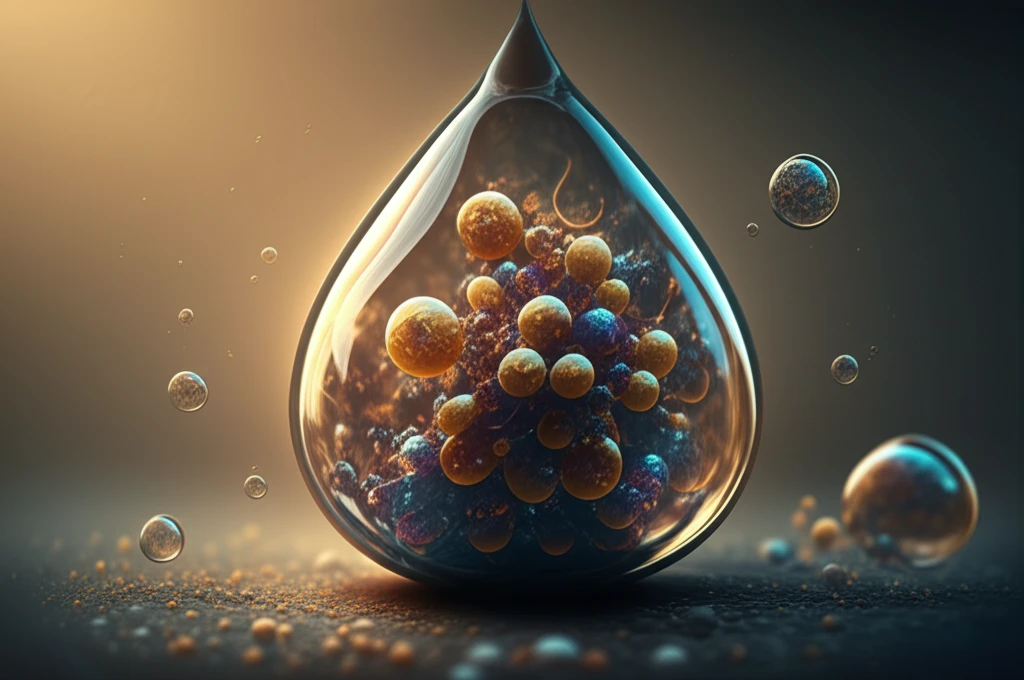
Nano-Fingerprints: How Tiny Particles Are Reshaping Science
"Unlock new possibilities as nanoparticles and liquid crystals merge, creating adaptable materials for optics, energy, and beyond."
The ability to manipulate nanoparticles into carefully designed arrangements is revolutionizing numerous fields, from nanomedicine to energy harvesting and advanced optics. Traditionally, achieving this level of control has been limited by the static nature of materials like polymers and block copolymers. Recent breakthroughs, however, are leveraging the dynamic properties of liquid crystals to create more adaptable and responsive systems.
Imagine a material that can change its structure in response to external stimuli, opening doors to new sensing technologies and optical applications. While embedding nanoparticles within liquid crystals has shown promise, true innovation lies in controlling the arrangement of these particles at the liquid crystal's surface. This approach allows for greater chemical accessibility and dynamic control, essential for creating materials that can truly adapt to their environment.
New research illuminates how balancing the interfacial energy of nanoparticles against the elastic energy of cholesteric liquid crystals dynamically shapes nanoparticle assemblies at fluid interfaces. By delicately tuning the surface properties of nanoparticles, scientists are crafting intricate patterns and structures with unprecedented precision. This breakthrough not only deepens our understanding of inter-nanoparticle interactions but also paves the way for advanced materials with tailored optical and energy applications.
Unlocking Patterns: The Cholesteric Advantage

Cholesteric liquid crystals possess a unique characteristic: their molecules tend to align with one another and also to twist, stacking in a helical fashion. When these crystals are confined by a surface that encourages molecules to orient perpendicular to it (homeotropic anchoring), a conflict arises. The molecules can't simultaneously satisfy both the twisting and anchoring requirements, leading to fascinating patterns of alternating regions of perpendicular and parallel alignment. The arrangement creates surface stripes, serving as a template for positioning nanoparticles.
- Surfactant concentration: Adjusting surfactant levels controls particle hydrophobicity, guiding their assembly.
- Chiral dopants: Altering the concentration of chiral dopants changes the twisting behavior of the liquid crystals, modifying the stripe pattern.
- Solution pH: Fine-tuning the pH provides even greater control over particle hydrophobicity and assembly dynamics.
The Future is Flexible
This innovative method of directing nanoparticle assembly with liquid crystals opens a world of possibilities for creating adaptable, functional materials. By understanding and harnessing the interplay between interfacial energy and elastic forces, researchers are gaining unprecedented control over nanoscale structures. As we continue to refine these techniques, expect to see breakthroughs in advanced displays, energy harvesting, and a host of other applications that will reshape our world at the smallest scales.
